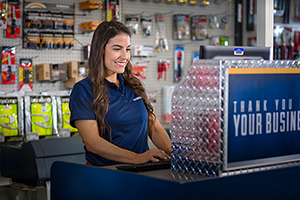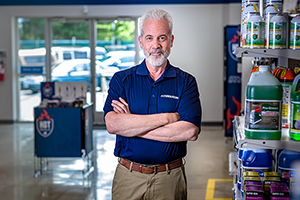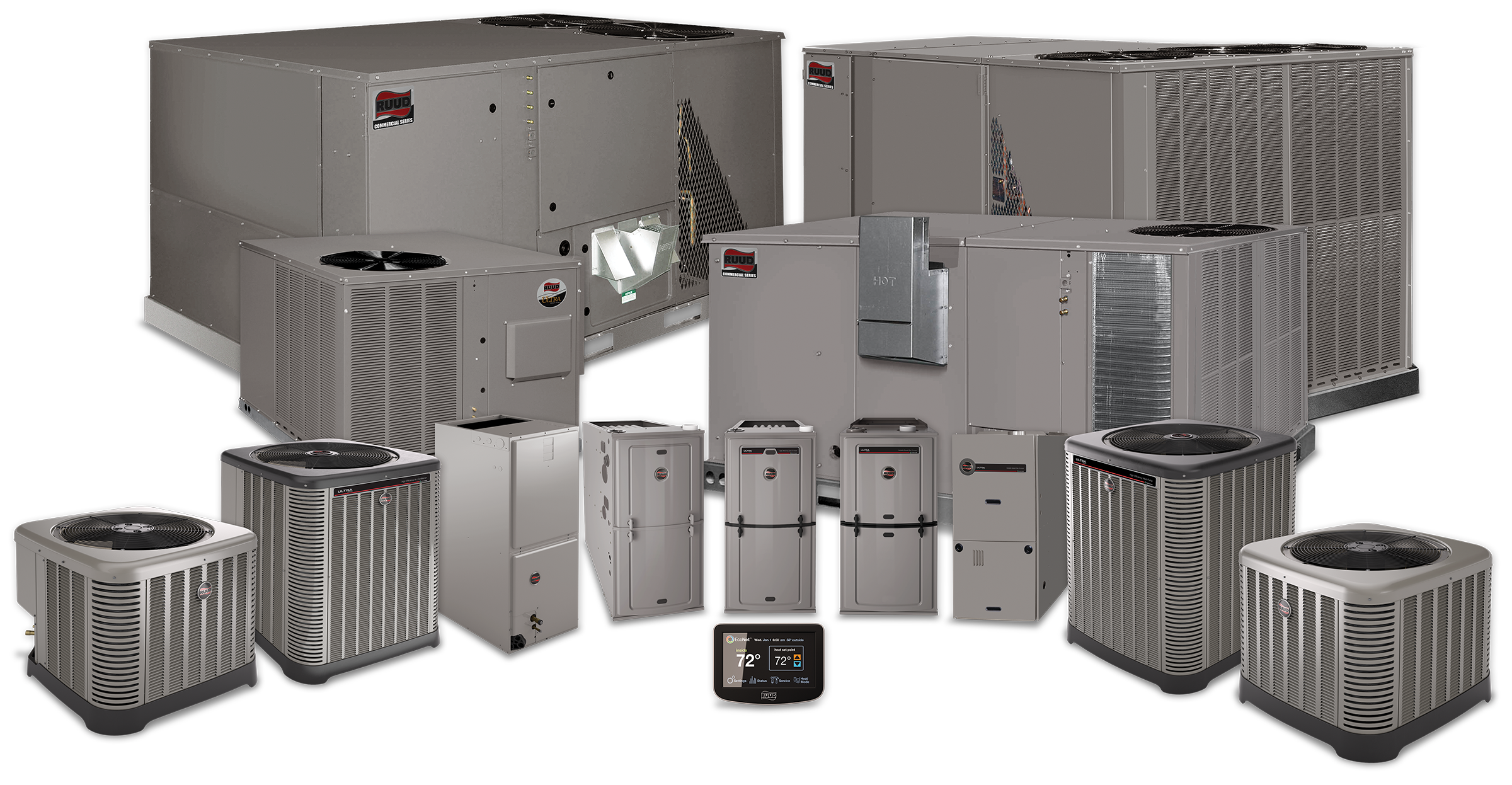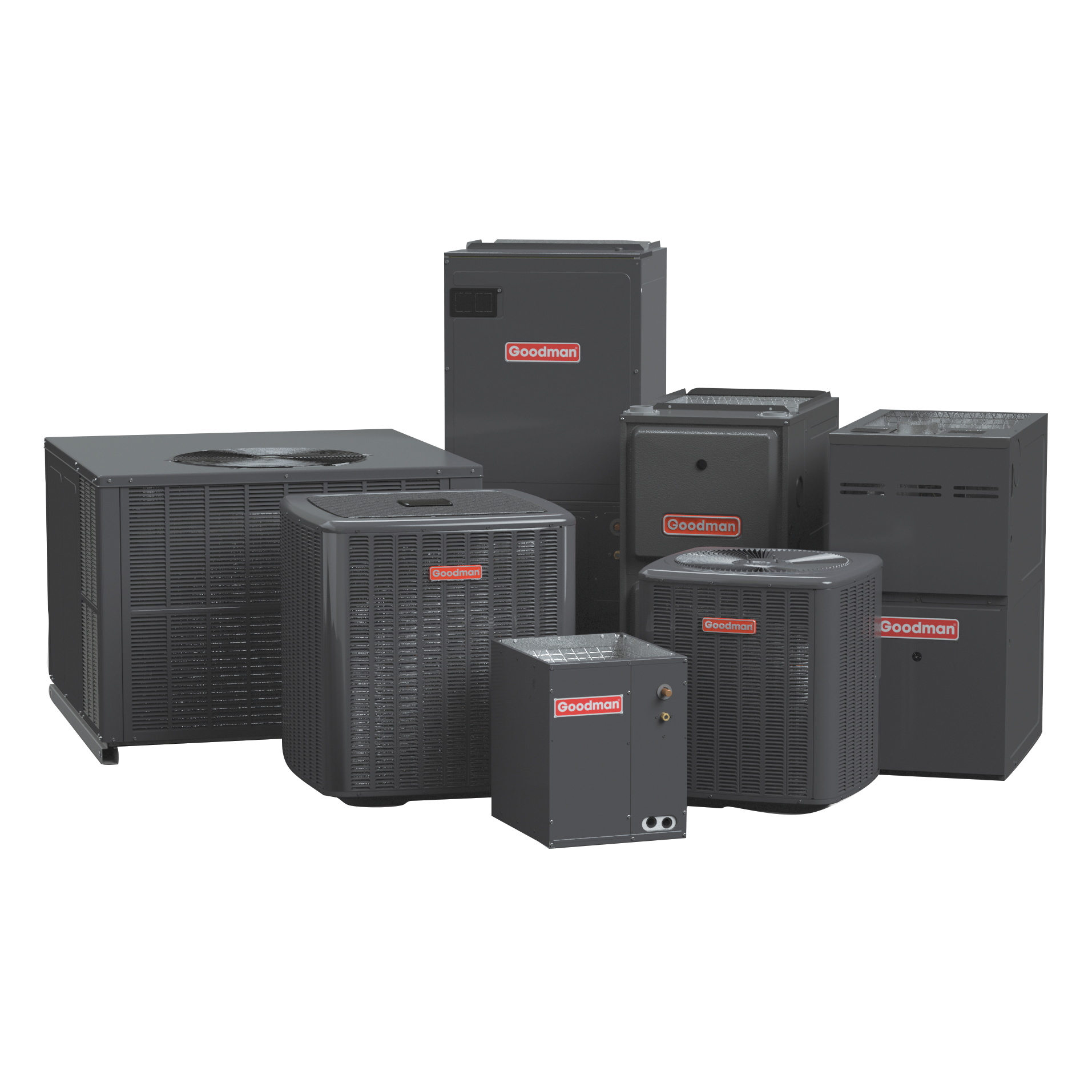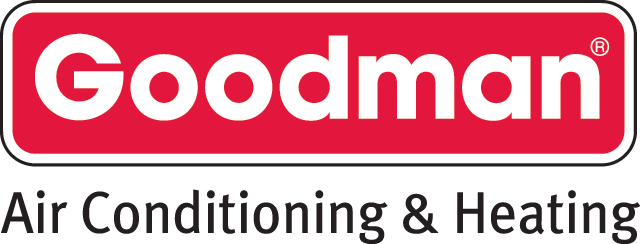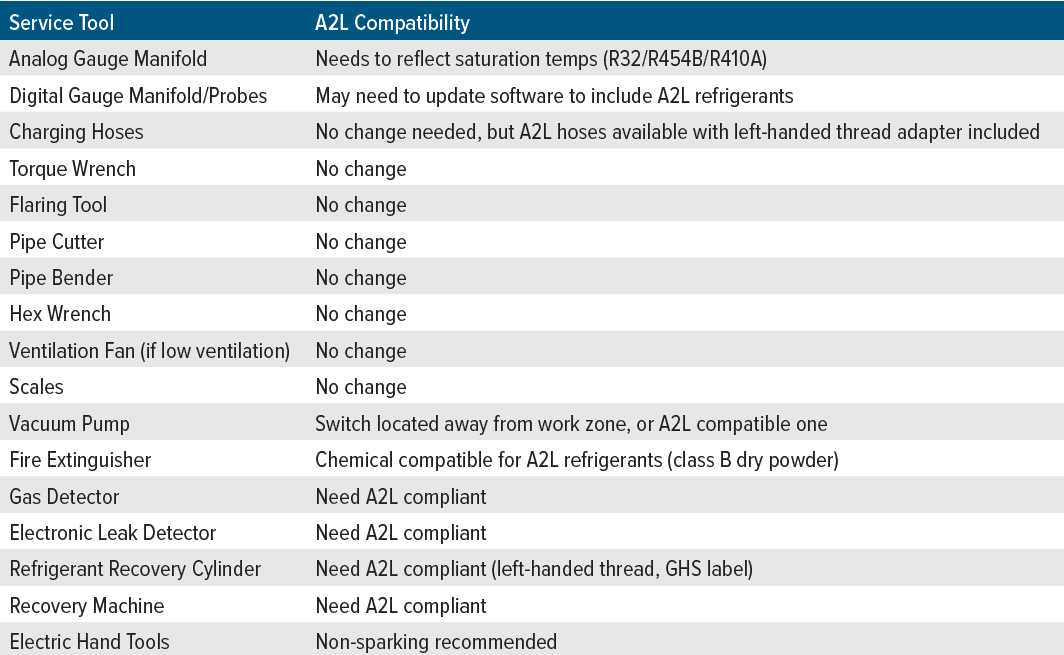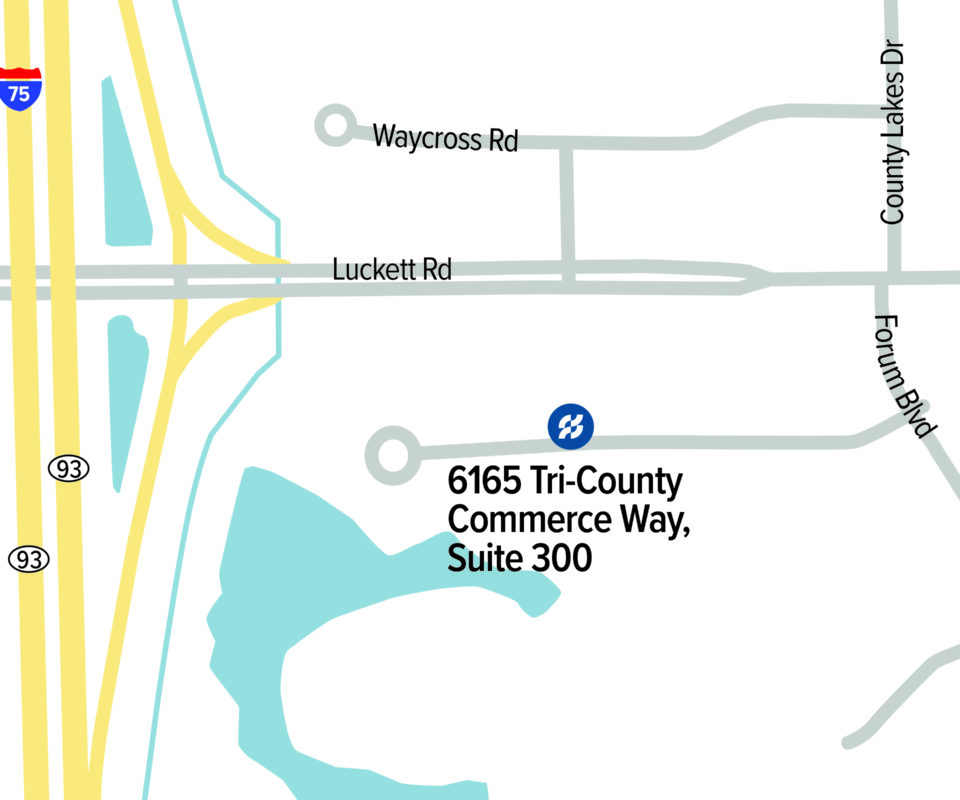Greensboro is Moving
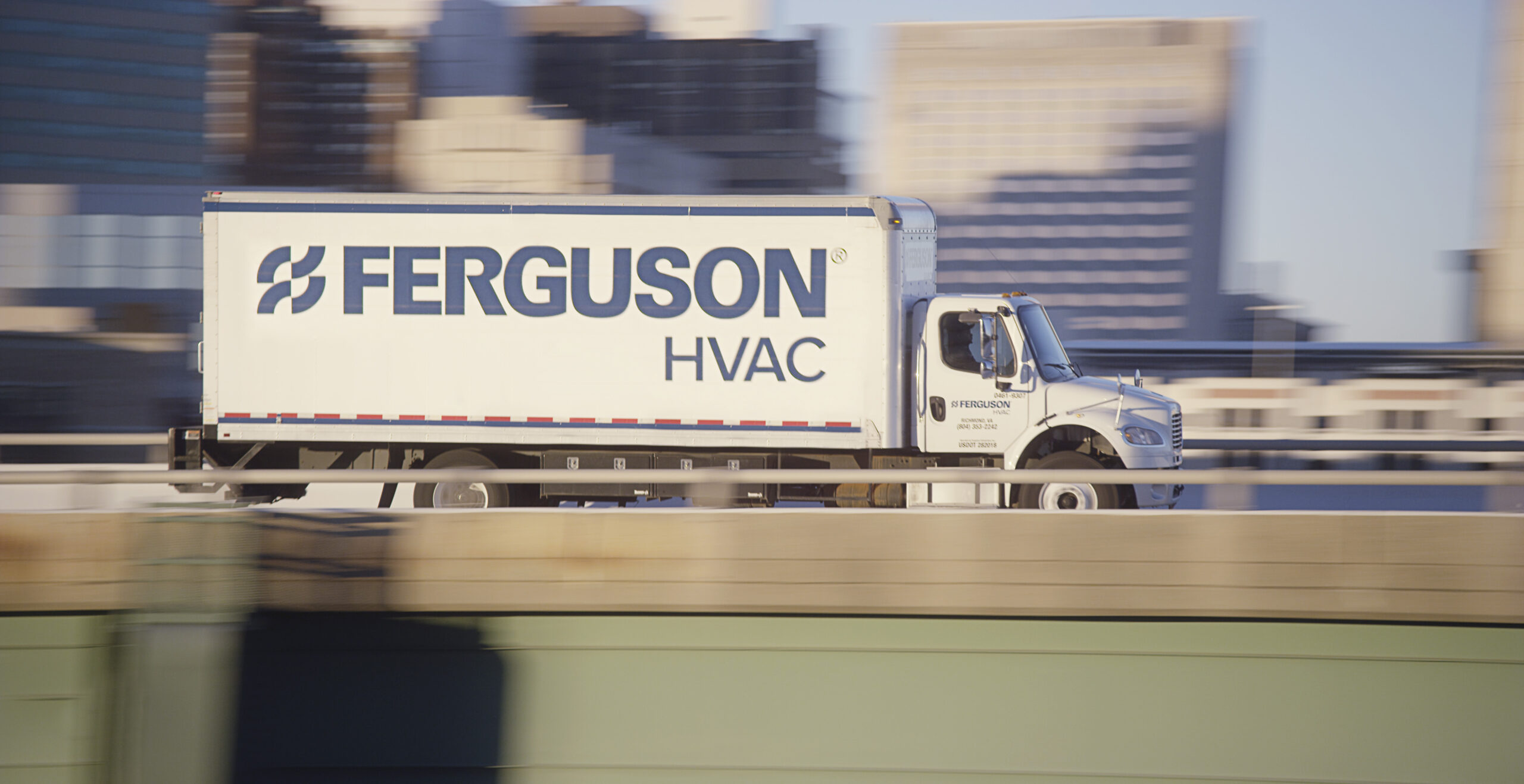
We are bringing HVAC and plumbing under one roof. The Ferguson HVAC location on Spring Garden Street is moving into the Ferguson on Friendship Drive to better serve you. This move allows us to have more space, allowing us to stock more inventory of the items you need most so you can shop for all your HVAC and plumbing supplies in one place.
- Same exceptional people and service
- Same equipment and brands you love
- More products in one place
- Larger fleet, same free delivery
The Friendship Drive location will feature:
- 75,000 sq. ft. of warehouse and counter space
- Text-2-Counter
- 1-hour Pro Pick-Up & Buy Online, Pick-up in Store
- Stocking Goodman, Ruud, Durastar and Mitsubishi HVAC
- Stocking Rheem, A.O. Smith and Navien water heaters
Visit Us At:
305 Friendship Drive
Greensboro, NC 27409
(336) 455-7047
Hours: Monday-Friday 7:00 a.m.- 5:00 p.m.
